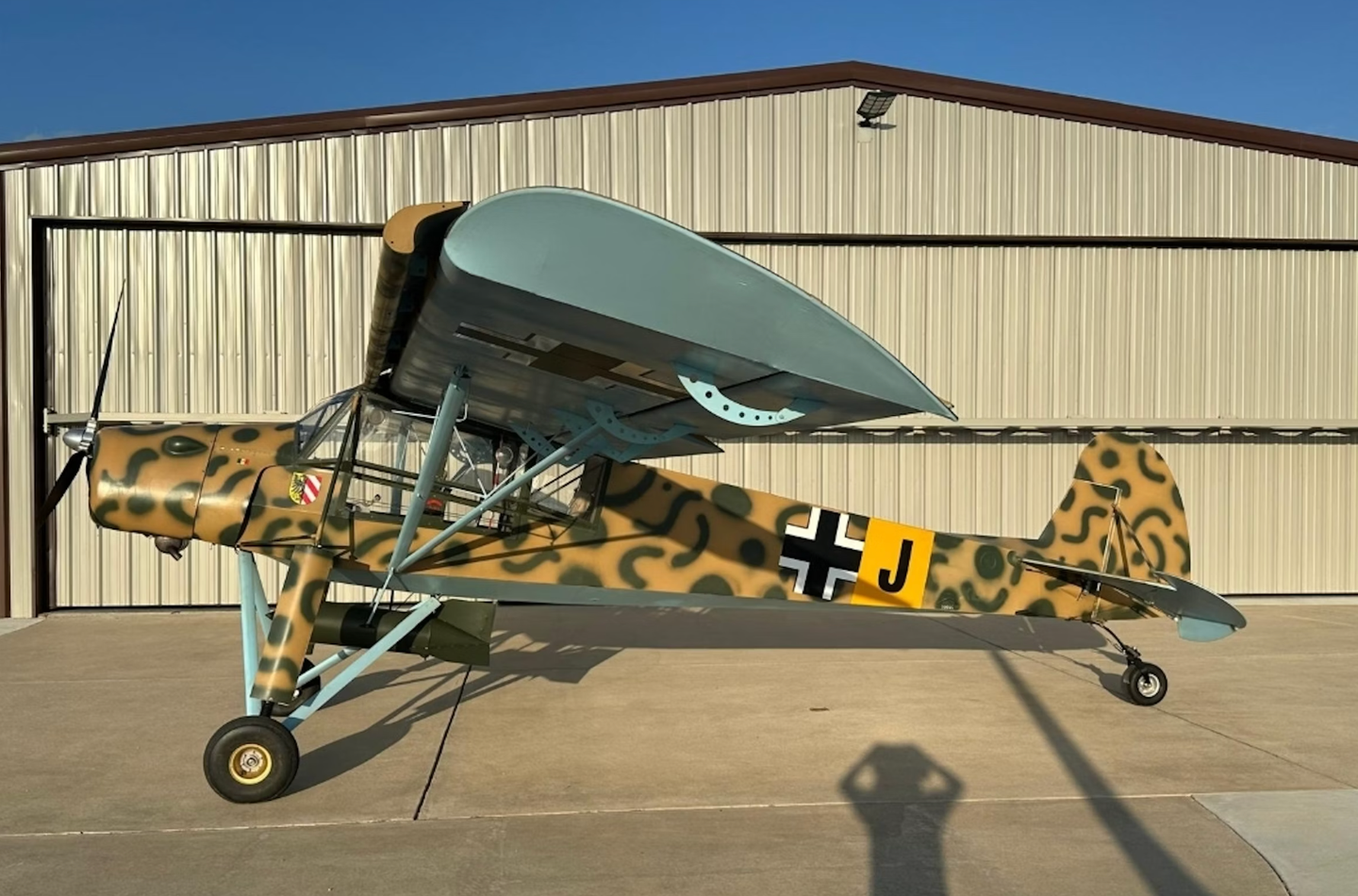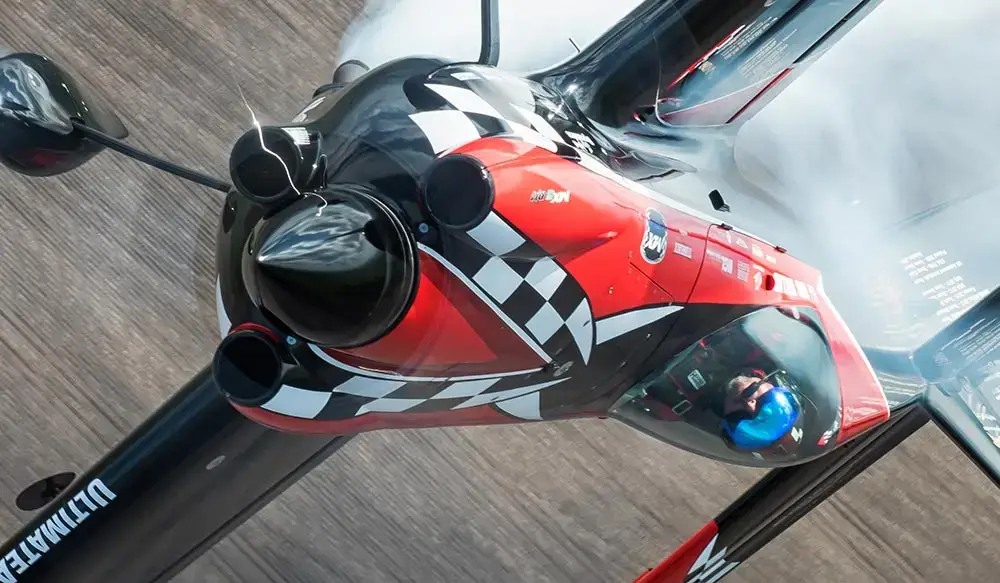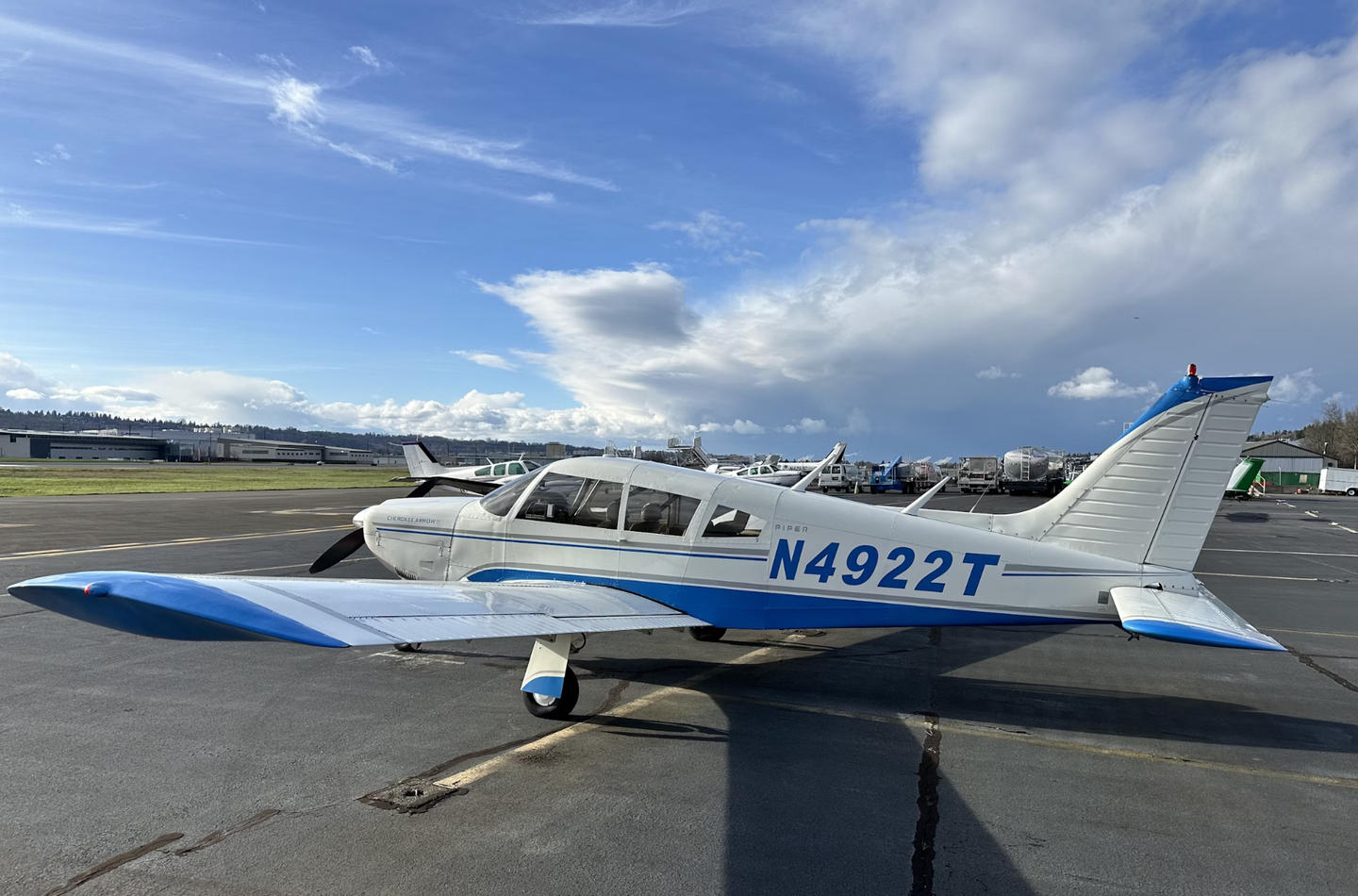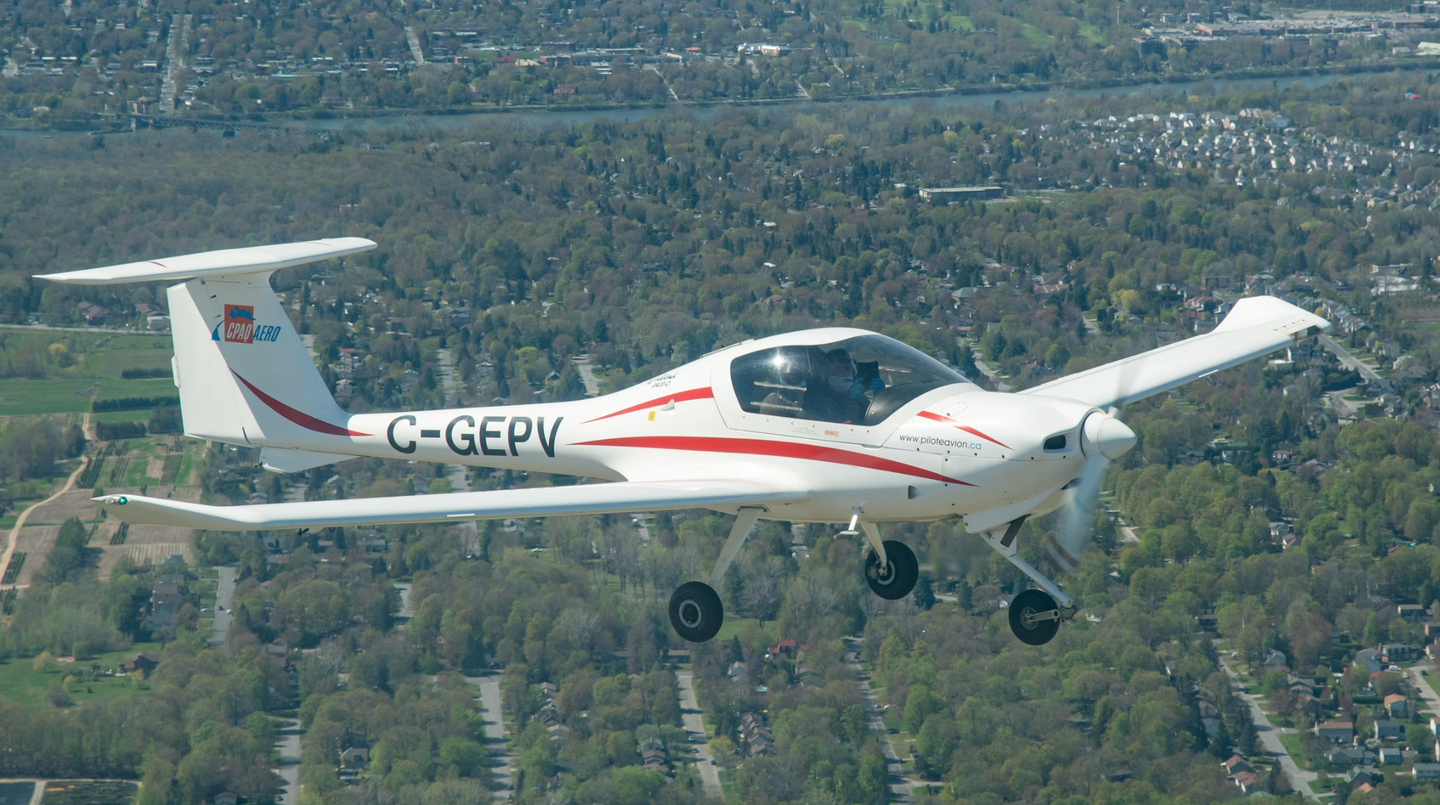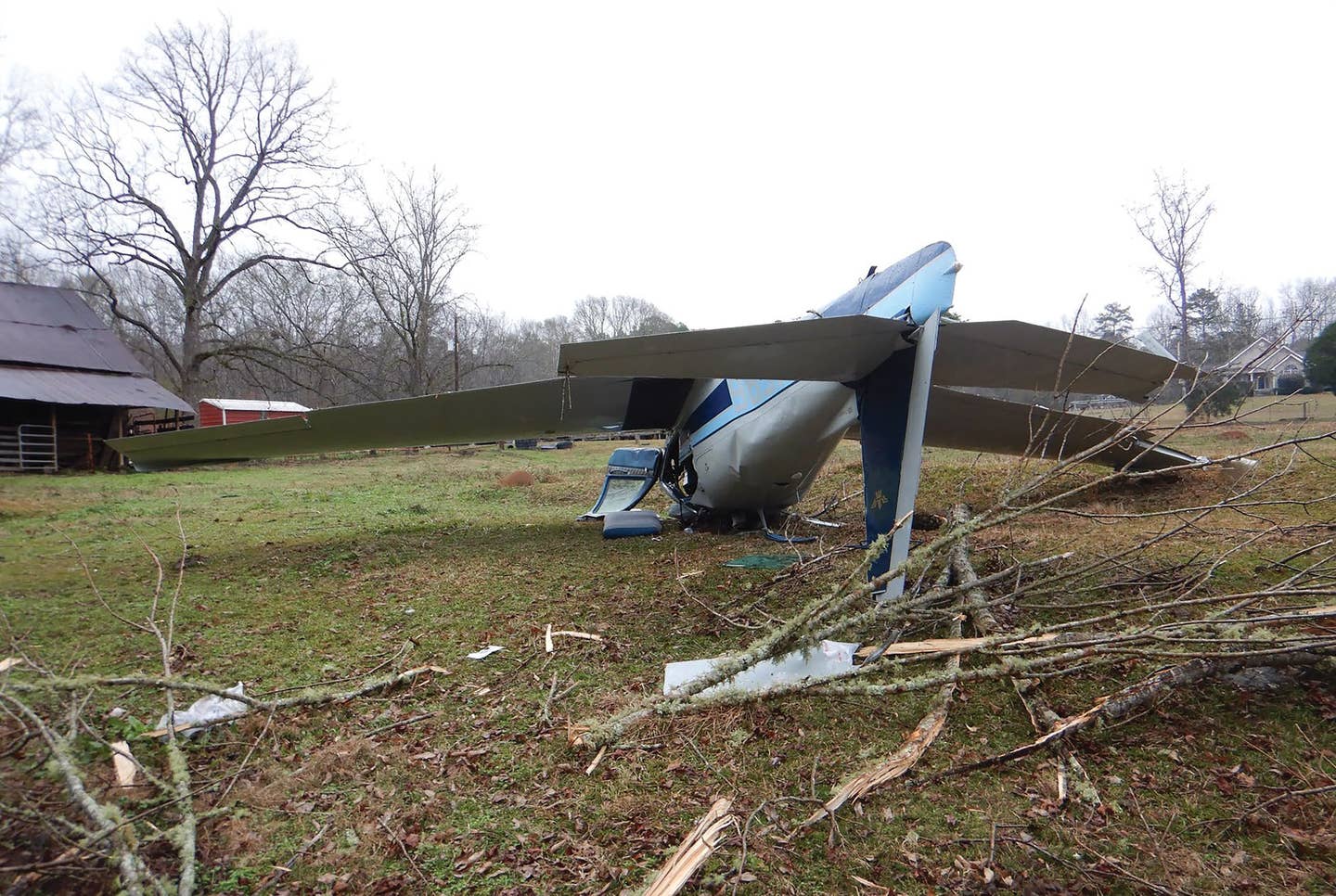History of the Mooney 2
Starting with a sleek retractable-gear design, Mooney had installed the most sophisticated small power package of the mid-1950s, Lycoming’s 150-hp O-320 engine with a Hartzell constant-speed propeller, barking through unmuffled…

Starting with a sleek retractable-gear design, Mooney had installed the most sophisticated small power package of the mid-1950s, Lycoming's 150-hp O-320 engine with a Hartzell constant-speed propeller, barking through unmuffled augmenter exhaust tubes under the belly. The cabin's width was reportedly based on Beech Bonanza measurements, but other dimensions were compromised. The tail tilted in its entirety for pitch trim, replacing a speed-robbing elevator trim tab, its trailing edges slanted forward to match the wing's planform. The wing section was a laminar-flow profile, highly efficient but demanding smooth surfaces; hence the plywood skin and doped-fabric finish. The fuel system employed a three-tank setup, using two 17.5-gallon wing tanks and a 14-gallon aft fuselage tank. The landing gear was retracted and extended via a beefy and foolproof manual lever.
By 1958, Lycoming had developed the 180-hp O-360, a natural fit for a follow-on Mark 20A, approved on Feb. 13, 1958, and briefly produced concurrently with the 150-hp M20. Cowl flaps replaced the noisy augmenter-exhaust cooling, but the wood wing and tail remained standard through 1960, at which point new management under Ralph Harmon dictated a change to all-metal construction. Saddled with recurring AD inspections, few wood-component Mooneys survive at this point out of roughly 600 built.

Subscribe to Our Newsletter
Get the latest Plane & Pilot Magazine stories delivered directly to your inbox

